#doug gimesy
Text

Royal penguin (Eudyptes schlegeli) walks along the beach. Sandy bay, Macquarie Island, Australian Territory.
Photographer: Doug Gimesy
#doug gimesy#photographer#royal penguin#penguin#bird photography#eudyptes schlegeli#sandy bay#macquarie island#australian territory#nature
21 notes
·
View notes
Photo

FROM : felicebisiaco - Little batling riding its batmom - by Doug Gimesy
1K notes
·
View notes
Text
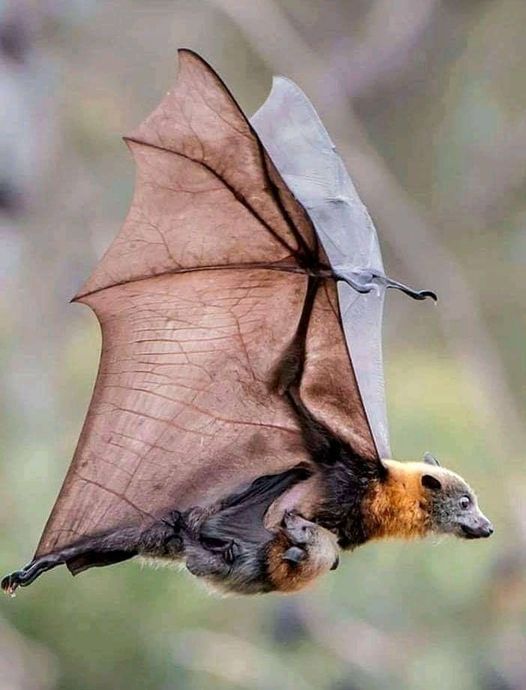
Grey-headed Flying Fox (Pteropus poliocephalus), mother with pup, family Pteropodidae, SE Australia
photograph by Doug Gimesy
623 notes
·
View notes
Text

Little batling riding its batmom.
The grey-headed flying fox (Pteropus poliocephalus) is distinguished from other flying fox species in Australia by its reddish-brown collar which separates its light-grey head from its dark-grey body. After birth, young flying foxes will cling to their mothers for 3 weeks as they go foraging.
Photo: Doug Gimesy
152 notes
·
View notes
Text
COMMUNITY WARNING - GRAPHIC CONTENT: The following ABC News article, ‘'Bloodthirsty' or an ethical way to source meat?’, contains graphic descriptions of animal slaughter and injury that some viewers may find distressing.

Birds fly over Lake Lyndger at the start of Victoria's duck hunting season.
(Photo: ABC News - Rhiannon Stevens)

Danny Ryan hunts for ducks deep in waters of Lake Lyndger.
(Photo: ABC News - Rhiannon Stevens)

Danny Ryan says duck hunting has been "politicised".
(Photo: ABC News - Rhiannon Stevens)

Many duck hunters thought the 2023 hunting season would be the last.
(Photo: ABC New - Rhiannon Stevens)

Volunteers head out in canoes to rescue birds as the duck hunting season begins.
(Photo: ABC News - Rhiannon Stevens)

David Evans says the number of hunters has declined significantly over the years.
(Photo: ABC News - Rhiannon Stevens)

Injured ducks are triaged by a team of vets working with Wildlife Victoria.
(Photo supplied: Wildlife Victoria - Doug Gimesy)

Two grey teal ducks that were rescued by Wildlife Victoria during duck hunting season.
(Photo supplied: Wildlife Victoria - Doug Gimesy)

Coalition Against Duck Shooting volunteers say they are often verbally abused by hunters.
(Photo: ABC News - Rhiannon Stevens)

Hobby hunter, Joe Minichello, camps with friends for the duck hunting season.
(Photo: ABC News - Rhiannon Stevens)
'Bloodthirsty' or an ethical way to source meat? A clash of ideas on a wetlands battlefield
As Victoria's 2024 duck hunting season officially commenced on Wednesday — despite an inquiry recommending it be outlawed — debate continues over whether the pursuit is a noble way to stay connected to where our food comes from, or the sport of bloodthirsty killers.
By Rhiannon Stevens / ABC Ballarat
ABC News - 13 April 2024
•
#Nature#Connection with nature#Animals#Humans#Ducks#Human hunters#Duck shooting#Sport#Camping#Tribal connection#Environmental relationship & interaction#Interspecies relationship & interaction#Ethics#Animal rights#Conservation#Wilderness protection#Wildlife protection#Wildlife Victoria#CADS Coalition Against Duck Shooting
0 notes
Text

A young chimpanzee peeks through the leaves in Taï National Park, in Côte d’Ivoire 🇨🇮. Photograph By Michael Nichols
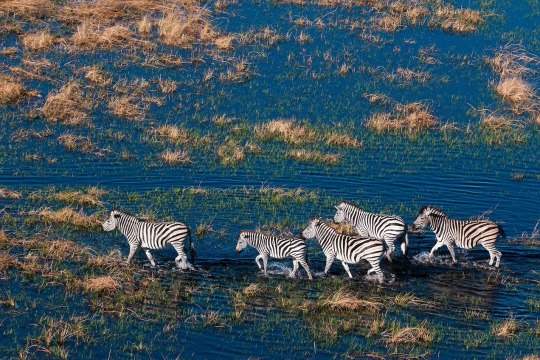
An aerial view of plains zebras (Equus quagga) walking in a flood plain in Okavango Delta, Botswana 🇧🇼. Photograph By Sergio Pitamitz
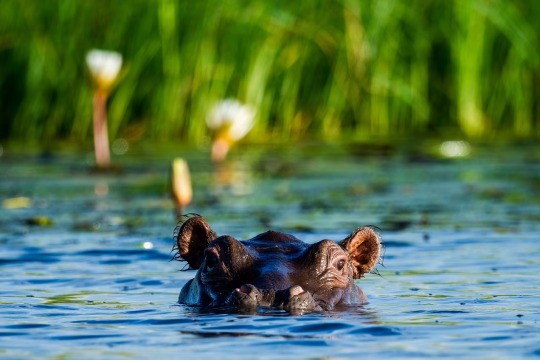
A Nile Hippopotamus surfaces at the edge of a reed bed, in Chobe National Park, Botswana 🇧🇼. Photograph By Jason Edwards
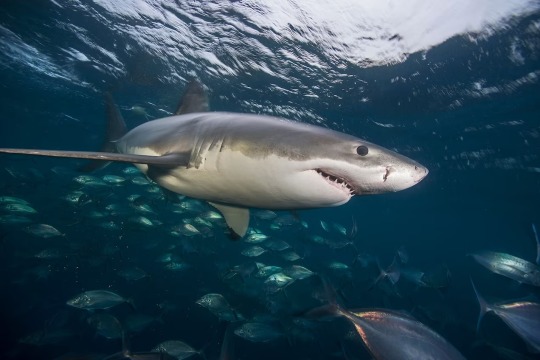
A great white shark swims in waters off the Neptune Islands, New York, United States 🇺🇸. Photograph By Brian J. Skerry
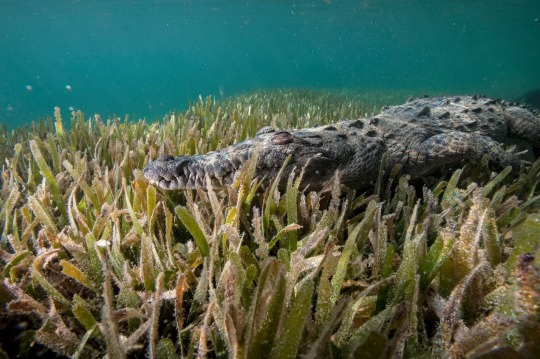
A submerged American crocodile (Crocodiles acutus) lives in the dense mangroves within Cuba's Gardens of the Queen National Marine Park, Cuba 🇨🇺. Photograph By Jennifer Hayes

Atlantic spotted dolphins swim in the waters off Bimini in the Bahamas 🇧🇸. Photograph By Brian J. Skerry

White rhinoceroses (Diceros bicornis) in Kenya's Lewa Wildlife Conservancy, Kenya 🇰🇪. Photograph By Frans Lanting
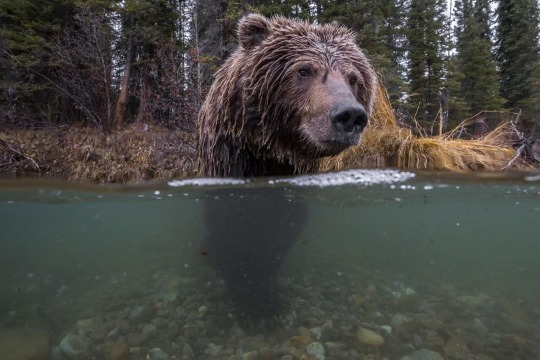
A grizzly bear fishes for salmon in the Fishing Branch River in Yukon Territory, Canada 🇨🇦. Photograph By Paul Nicklen
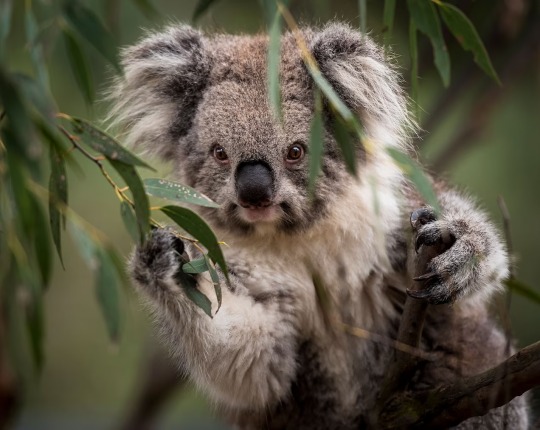
Portrait of a Victorian koala (Phascolarctos cinereus) in Australia 🇦🇺. Photograph By Doug Gimesy
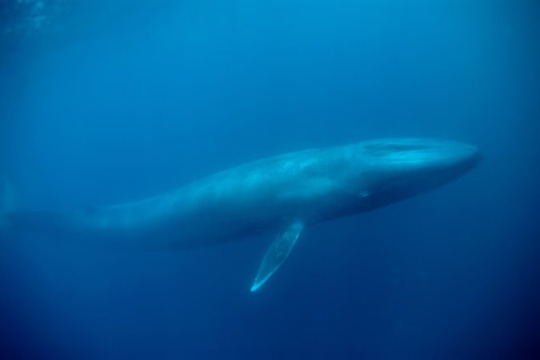
An endangered blue whale with unique color patterns and markings, off Costa Rica 🇨🇷. Photograph By Flip Nicklin
0 notes
Text
2022’s best wildlife shots: Australian photographers honoured
2022’s best wildlife shots: Australian photographers honoured
Photos of wombats in lockdown and an undersea meeting between a sea lion and a leafy seadragon have led two Australians to be honoured at the London Natural History Museum’s Wildlife Photographer of the Year awards, one of the world’s most prestigious photography competitions.
Melbourne photojournalist Doug Gimesy snapped a shot of Emily Small, founder of the Goongerah wombat orphanage, working…

View On WordPress
0 notes
Text
La magnífica cuenca del lago Eyre está amenazada por 831 pozos de petróleo y gas, y se planean más
La magnífica cuenca del lago Eyre está amenazada por 831 pozos de petróleo y gas, y se planean más
La infraestructura minera en la cuenca del lago Eyre, aquí recientemente inundada, amenaza la maravilla natural prístina. Crédito: Doug Gimesy
La cuenca del lago Eyre en forma de corazón cubre aproximadamente una sexta parte de Australia. Contiene uno de los pocos sistemas fluviales prístinos que quedan en el mundo.
Pero una nueva investigación muestra que la actividad del petróleo y el gas…

View On WordPress
0 notes
Text
Interpretation area for wildlife conservation opens in Sturt National Park – India Education | Latest Education News | Global Educational News
New Post has been published on https://petnews2day.com/reptiles-news/interpretation-area-for-wildlife-conservation-opens-in-sturt-national-park-india-education-latest-education-news-global-educational-news/
Interpretation area for wildlife conservation opens in Sturt National Park – India Education | Latest Education News | Global Educational News
UNSW Sydney Vice-Chancellor and President Professor Attila Brungs opened the Talpero Lookout interpretation area in Sturt National Park, near Tibooburra in far western NSW today.
The jointly funded initiative features the work underway through the Wild Deserts consortium between UNSW and Ecological Horizons in collaboration with the NSW National Parks and Wildlife Service. The project, funded by the NSW government, is working to reintroduce locally extinct mammals and restore the desert ecosystem in Sturt National Park.
Prof. Brungs said it was a great pleasure to officially open the site to the public.
“UNSW Sydney’s research and expertise is underpinning this important NSW government initiative, through its involvement in the Wild Deserts consortium, informing conservation management and restoration of Australia’s ecosystems, as well as providing a great opportunity to provide comprehensive information to the public,” he said.
The area is named after the western barred bandicoot’s Indigenous name, Talpero, once used throughout this area. The interpretation area consists of a parking area with display panels representing the desert ecology, depicting its plants, invertebrates, mammals, birds, frogs and reptiles. It also features the importance of Country for First Nations peoples, and early European history including pastoralism in this national park.
Read more: The most remote family in NSW are on a mission. It could change the desert as we know it
Dr Reece Pedler, UNSW Wild Deserts Project coordinator, said, “We have deliberately developed a comprehensive set of interpretation panels which highlight our scientific approach to the reintroduction of locally extinct mammals into Sturt National Park. In particular, we concentrate on the entire ecosystem, not just on the mammals, and how these reintroductions affect the birds, the reptiles and even the soils.”
The Talpero Lookout interpretation area is home to a large sculpture (about 2 metres high by 3 metres wide) of a western barred bandicoot, or Talpero. This species was once common before becoming extinct from the impacts of foxes and cats and other invasive species. The sculpture is made from discarded fencing wire used to create feral predator-free areas, particularly from foxes and cats. Creation of the feral-free areas allows locally extinct species, such as greater bilbies, to be reintroduced into Sturt National Park.
Dr Reece Pedler (left) and UNSW Sydney Vice-Chancellor and President Professor Attila Brungs visit the fencing sculpture of a western quoll at the Fort Grey campground. Photo: Doug Gimesy
The 10-year project, from 2016-2026, will reintroduce seven locally extinct species that were an important part of this ecosystem more than 100 years ago. Along with the bilbies, four species have already been reintroduced into this area of Sturt National Park including the crest-tailed mulgaras, Shark Bay bandicoots and, most recently, the golden bandicoots.
Professor Richard Kingsford, Director of the Centre for Ecosystem Science and the Wild Deserts Project Leader, was particularly excited about the initiative.
Read more: A shining success as golden bandicoots return to the desert
“What I really like about this interpretation area is that we are taking our science to the public. We want to explain how important it is to understand how these ecosystems work and maximise our opportunities to learn and inform similar initiatives, as well as informing the public,” Prof. Kingsford said.
The interpretation area was funded by UNSW Sydney and the NSW government through NPWS, under the project to reintroduce locally extinct mammals to Sturt National Park. The funding for three large sculptures – the bandicoot at the interpretation area, a bilby at Cameron Corner and a western quoll at the Fort Grey campground in Sturt National Park – was through the Sturt’s Steps project, funded by Infrastructure NSW through the Restart NSW program.
NSW Minister for the Environment James Griffin welcomed the establishment of this interpretation area.
“The NPWS team, in partnership with UNSW Wild Deserts, is making fantastic headway in Sturt National Park, reintroducing once locally extinct species such as golden bandicoots. This interpretation area is a great addition to Sturt National Park because it provides detailed explanations about why the reintroduction of mammal species is so important for biodiversity,” Mr Griffin said.
Source link
0 notes
Photo

Little penguin – Doug Gimesy
The fittingly named little penguin is the smallest penguin in the world, reaching a maximum height of just 45cm – compared with the largest penguin, the emperor, which can grow up to 130cm. Found mostly around the southern coastlines of Australia and New Zealand, this is the only truly nocturnal penguin species on land - arriving at dusk and leaving before dawn. Main threats are coastal development and human disturbance.
Photograph: Douglas Gimesy/Wildscreen 2017
#nature#wildlife#animals#little penguin#penguins#pinguinos#pair#love#landscape#city#doug gimesy#couple#little#emperor#coastline#australia#new zealand#nueva zelandia#nocturnal#species#dusl#dawn#threats#impact#wildscreen#2017#the guardian
13 notes
·
View notes
Photo

Little batling riding its batmom (by Doug Gimesy)
0 notes
Text

Pied currawong (Strepera graculina) portrait in the rain, Skenes Creek, Victoria, Australia.
Photographer: Doug Gimesy
#doug gimesy#photographer#pied currawong#strepera graculina#skenes creek#victoria#australia#animal#bird photography#nature
13 notes
·
View notes
Photo

Little batling riding its batmom (by Doug Gimesy)
Submit your cute pet here | Source: https://bit.ly/3n22kX3
3K notes
·
View notes
Text

Un renard volant à tête grise sous la pluie en Australie
Photographie de Doug Gimesy
23 notes
·
View notes
Photo

Photographer: Doug Gimesy - LITTLE PENGUIN, St Kilda breakwater, St Kilda, Victoria
58 notes
·
View notes
Text

In mating season, a train of 10 or more males may follow a single female for days, waiting for her to stop and stretch out; that’s the signal that she’s ready to mate with whichever male can shove all the others away. Photograph By Doug Gimesy
Enter the Weird World of the Echidna—A Mammal in a Category All Its Own
Native to New Guinea and Australia, these animals are the size of a house cat but a whole lot stranger: tiny toothless mouths, quill-like hairs...and multiheaded genitalia.
— By Patricia Edmonds | April 7, 2023
Explaining echidnas can strain the vocabulary. They’re monotremes, or egg-laying mammals; they and the platypus are the only such creatures left on Earth. They come with long or short beaks—if by beak we mean a smooth tube of snout ending in a tiny, toothless mouth. And they’re called spiny anteaters, but those aren’t spines; they’re rigid, modified hairs.
A baby echidna is a puggle. A group of echidnas is a parade—unless they’re mature males waddling after a female in mating season, in which case it’s a train (often with a younger male at the end, like a callow caboose). These love trains may grow to 10 or more males and may trail a female for days, until she signals the last stop by stretching out on the ground. Then males dig a rut in the earth around her and, sumo-wrestler style, try to shove each other out of the ring. The victor gets to mate with her first—and his male member looks purpose-built for that task.
The penile shaft has four heads, each plumbed to deliver semen—but only two heads are used in each erection, and the male alternates which two. That’s possible because echidnas’ erectile tissue anatomy differs from most other mammals’, Australian scientists reported in a 2021 study. The anomaly likely helps males compete for mates: Swapping penis sides allowed one echidna to “ejaculate 10 times without significant pause,” study authors noted.
About 20 days after mating, the female deposits one egg into her abdominal pouch. After 10 more days, her puggle hatches into the world.

Habitat/Range
Echidnas are found in New Guinea and all Australian states, from arid deserts to cold mountains. They don’t settle in one nest but take shelter in brush piles, hollow logs, or dens they or other animals have dug. (Trek the Kokoda Trail in Papua New Guinea.)
Other Facts
Adult echidnas can range from 14 to 30 inches long and weigh anywhere from five to 22 pounds. They’re likely named after a mash-up from Greek myth: the monster Ekhidna, half reptile and half mammal. (The Echidna is possibly the only terrestrial animal to use Electroreceptors to locate prey.)
1 note
·
View note